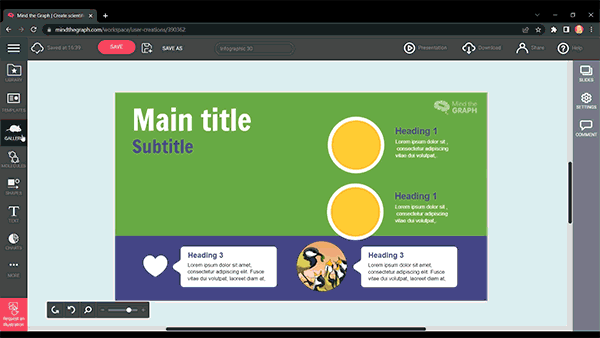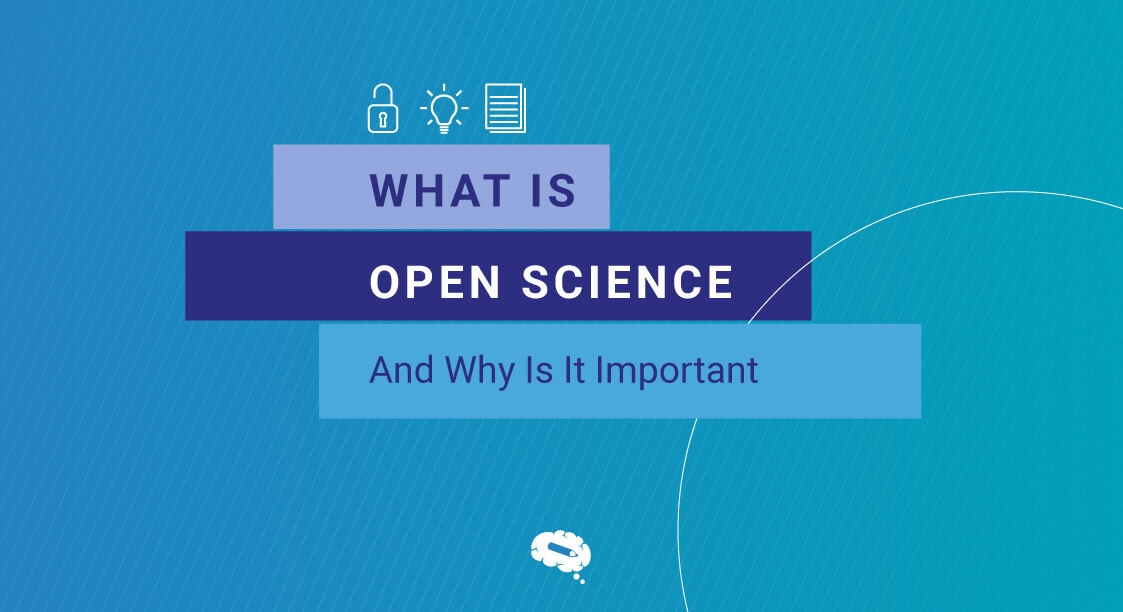Descriptive studies are an essential tool for researchers across a wide range of disciplines, providing valuable insights into the characteristics, behaviors, and trends of populations, groups, or phenomena of interest. It is a powerful tool for generating hypotheses, identifying patterns, and generating new knowledge about a particular topic or area of interest.
What Is A Descriptive Study?
A descriptive study is a research method that involves observing and describing the behavior, characteristics, or conditions of a particular population or phenomenon without manipulating any variables. The primary goal of descriptive studies is to provide a detailed and accurate account of a phenomenon or population, usually through the use of various data collection techniques such as surveys, interviews, and observations.
Objectives Of A Descriptive Study
The main objective of a descriptive study is to provide a detailed and accurate description of a phenomenon or population of interest. Specifically, some common objectives of descriptive studies include:
- Describe the characteristics of a population: Descriptive studies aim to provide a detailed account of the characteristics of a particular group of people, such as their demographics, health status, behavior, attitudes, and beliefs.
- Identify patterns or trends: Descriptive studies can help identify patterns or trends in behavior or other phenomena that may be useful for guiding further research or interventions.
- Generate hypotheses: Descriptive studies can generate hypotheses or ideas about the potential causes or factors that influence a particular phenomenon or population.
- Facilitate understanding: Descriptive studies can help researchers and practitioners better understand a particular phenomenon or population, which can be useful for developing effective interventions or policies.

Types Of Descriptive Studies
The type of descriptive study used depends on the research question and available resources. There are several types of descriptive studies, including:
Case Reports And Case Series
Case reports and case series are descriptive studies that involve the observation and reporting of one or more cases of a particular condition or disease. Case reports typically describe the clinical history, symptoms, and treatment of an individual patient, while case series involve the observation of a group of patients with similar conditions. These studies can provide valuable information about rare conditions or unexpected outcomes of treatments. However, they are limited in their ability to establish causality or generalizability to larger populations.
Cross-Sectional Studies
Cross-sectional studies are descriptive studies that collect data at a single point in time. These studies are useful for describing the prevalence of a particular condition or behavior in a population, as well as identifying potential risk factors or associations with other variables. They are relatively quick and easy to conduct, but they are limited in their ability to establish cause-and-effect relationships. Read more about cross-sectional studies in our article “Mapping the Present: Exploring Cross-Sectional Study Pros and Cons“.
Ecological Studies
Ecological studies are descriptive studies that investigate the relationship between exposure and an outcome at the population level. They typically use aggregate data, such as data from a census or administrative records, to examine the association between a particular exposure and health outcomes, and are useful for generating hypotheses and identifying patterns or trends at the population level. However, they are limited in their ability to account for individual-level factors or establish causality.
Advantages Of Descriptive Studies
Descriptive studies have several advantages that make them useful for researchers and practitioners, including:
- Provide detailed information: Descriptive studies can provide a detailed and accurate description of a phenomenon or population, which can help researchers better understand the characteristics, behaviors, attitudes, and beliefs of a particular group of people.
- Generate hypotheses: Descriptive studies can generate hypotheses or ideas about the potential causes or factors that influence a particular phenomenon or population, which can be useful for guiding future research.
- Relatively quick and easy to conduct: Descriptive studies are often relatively quick and easy to conduct, which makes them a cost-effective way to collect data.
Disadvantages Of Descriptive Studies
While descriptive studies have several advantages, there are also some disadvantages to consider, including:
- Limited ability to establish causality: Descriptive studies can describe a particular phenomenon or population, but they do not establish causality. They cannot determine if a particular exposure or behavior caused a particular outcome.
- Limited generalizability: Descriptive studies often use a small, specific sample, which may not be representative of the larger population. As a result, findings from descriptive studies may not be generalizable to other populations or settings.
- Limited ability to control for confounding variables: Descriptive studies are often unable to control for all potentially confounding variables, which can make it difficult to draw conclusions about the relationship between a particular exposure or behavior and outcome.
Data Collection Methods For Descriptive Studies
In descriptive studies, the choice of data collection method depends on the research question, available resources, and the nature of the population being studied. By selecting the appropriate data collection method, researchers can gather accurate and useful information. The main data collection methods for descriptive studies include:
Surveys And Questionnaires
Surveys and questionnaires are commonly used in descriptive studies to collect data from large numbers of people. These methods involve asking a series of standardized questions to gather information about attitudes, beliefs, behaviors, or other characteristics of the population being studied. They can be administered in person, over the phone, or online, and can be used to collect quantitative or qualitative data.
Observations And Interviews
Observations and interviews involve directly observing or talking to individuals or groups to gather information about their behavior or experiences. The observations can be conducted in natural or laboratory settings, while interviews can be conducted in person or over the phone. These methods can be used to collect qualitative or quantitative data and can provide rich, detailed information about the population being studied.
Focus Groups
Focus groups are a type of group interview that is used to gather qualitative data about a particular topic or issue. Focus groups typically involve a small group of people who are asked a series of open-ended questions about their experiences or opinions. It can be conducted in person or online, and can provide insights into the attitudes, beliefs, and experiences of the population being studied.
Secondary Data Analysis
Secondary data analysis involves analyzing existing data that was collected for other purposes, such as administrative records, medical records, or census data. This method can be a cost-effective way to gather information about a particular population and can provide insights into trends or patterns over time. However, it is important to consider the limitations of the data and the potential for bias in secondary data sources.
Data Analysis Techniques For Descriptive Studies
Data analysis is an essential component of any descriptive study. The aim of data analysis is to extract meaningful insights from the data collected during the study. There are several data analysis techniques that are commonly used in descriptive studies, including:
Descriptive Statistics
Descriptive statistics are used to summarize and describe the characteristics of a particular dataset. Commonly used descriptive statistics include measures of central tendency, such as mean, median, and mode, as well as measures of variability, such as standard deviation and range. It can be used to describe the distribution of a variable, identify outliers, and compare different subgroups within the population being studied.
Exploratory Data Analysis
Exploratory Data Analysis (EDA) involves using visual and graphical techniques to explore the data and identify patterns or relationships between variables. EDA can be used to identify outliers, check for normality, and detect potential errors or inconsistencies in the data. Commonly used EDA techniques include scatter plots, histograms, box plots, and correlation matrices.
Ethical Considerations In Descriptive Studies
As with any research study, there are ethical considerations that should be taken into account when conducting descriptive studies. By taking steps to ensure that the study is conducted in an ethical manner, researchers can help to ensure that the rights and well-being of participants are protected and that the study produces valid and reliable results. Some of the key ethical considerations include:
- Informed consent: Participants in a descriptive study should be fully informed about the purpose and nature of the study, as well as any potential risks or benefits.
- Confidentiality and anonymity: Researchers should take steps to ensure that the data collected in a descriptive study is kept confidential and anonymous.
- Risk of harm: Researchers should carefully consider any potential risks that participants may face as a result of participating in the study. Any potential risks should be minimized as much as possible.
Examples Of Descriptive Studies
When learning about research methods, it’s important to understand the question ‘What is a descriptive study’ and its role in gathering data. Below are some examples of descriptive studies:
A researcher wants to understand the sleeping patterns of college students. They conducted a survey of 500 college students, asking them questions about how many hours of sleep they get each night, what time they typically go to bed and wake up, and whether they feel rested in the morning. The researcher then analyzes the survey data to create a profile of the typical sleeping patterns of college students.
A company wants to understand the demographics of its customer base. They conducted a survey of 1,000 customers, asking them questions about their age, gender, education level, and other relevant factors. The company then analyzes the survey data to create a profile of its typical customer, including information such as their age range, gender distribution, and average income level.
A researcher wants to understand the eating habits of people in a particular region. They conducted observations of people’s food choices and eating behaviors in public places. The researcher then analyzes the observations to create a description of the typical eating habits of people in that region, including what types of food they consume, how much they eat, and how often they eat out.
Over 75,000 Accurate Scientific Figures To Boost Your Impact
Mind the Graph is an online platform that helps scientists create high-quality scientific presentations to enhance their research. The platform offers a library of over 75,000 scientific figures that are designed to be informative, and visually appealing. One of the key benefits of using Mind the Graph is that it allows scientists to easily create and customize scientific presentations without requiring any prior design experience.


Subscribe to our newsletter
Exclusive high quality content about effective visual
communication in science.




